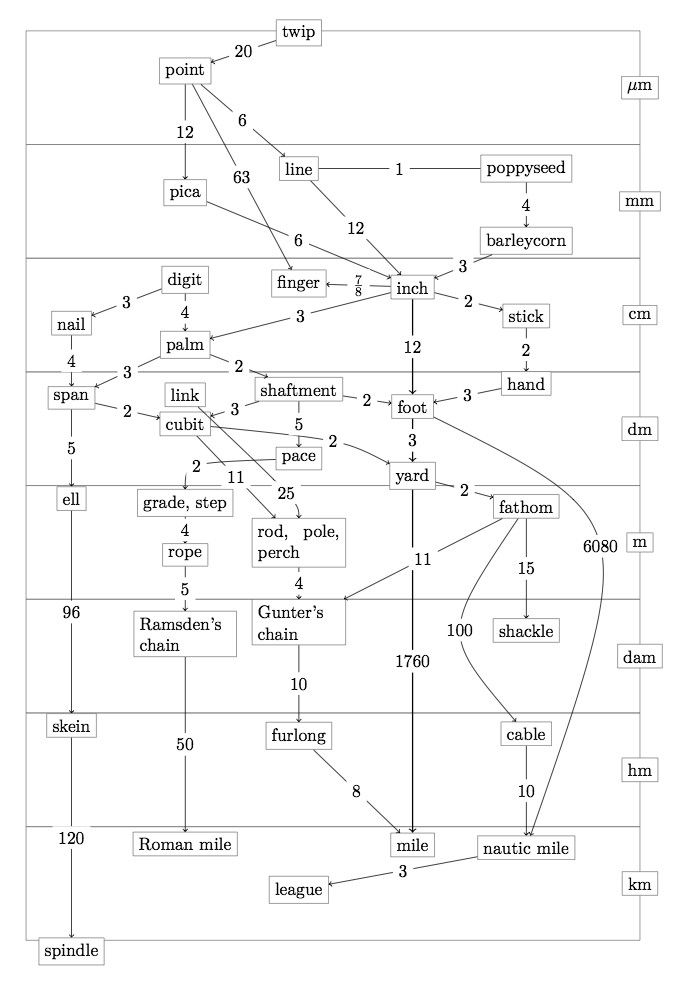There seems to be a hint of confusion in some of the responses. I am not seeking to mess about with inches or feet, or change any system of measurement. My primary concern relates to spanners (keys, wrenches) and perhaps I should have said so more directly.
In common (vehicle) use there are four different systems for spanner sizes: Whitworth, AF, BA, and metric.
AF stands for Across Flats and covers sizes in fractions of an inch, used in the pre-war US and Canada, now tidied up and called 'Unified' – ie UNC, ENF, UNEF, etc. Although metric spanners are also millimetres across the flats, they are never marked AF in my experience, just the nominal size such as 13mm.
Whitworth covers BSF and BSP as well, and the size is an arbitrary measurement (ie not an exact fraction or decimal) related to the size if the thread, not the spanner. So, half-inch AF is much smaller than half-inch Whitworth.
I have already covered BA, which has numbered sizes, getting bigger as the spanner size gets smaller (oddly) and dimensioned in decimal metric units. Thus the most common BA size, 2BA, has a spanner 1.75 times the bolt diameter, and the bolts are themselves metric decimals.
It is also rather odd that the decimal metric system, when used for spanners in pre-war France and Germany (for example) and tidied up in the post war period, uses millimetre integers and halves, and not other decimal fractions. The same applies to Allen Keys.
Back to my point: When I am looking for spanners to use on my pre-war vehicles (etc) I find it very confusing that when offered 'Imperial sizes' the products prove to be marked AF – ie complying with a system (Unified) which was based on US fractional-inch sizes and British compromise, and established AFTER the empire had dissolved, and NONE of them is a good fit on my BSF nuts.
I'm sorry if I have caused confusion – I hope the above might clear the air.
And a PS – I am not dealing with the sizes of clock and watch screws here. They are different again, but don't usually have spanners as such.
Regards,
Still looking for real imperial spanners
Tim
Edited By Tim Stevens on 01/06/2017 09:49:33
 Michael Gilligan.
Michael Gilligan.





